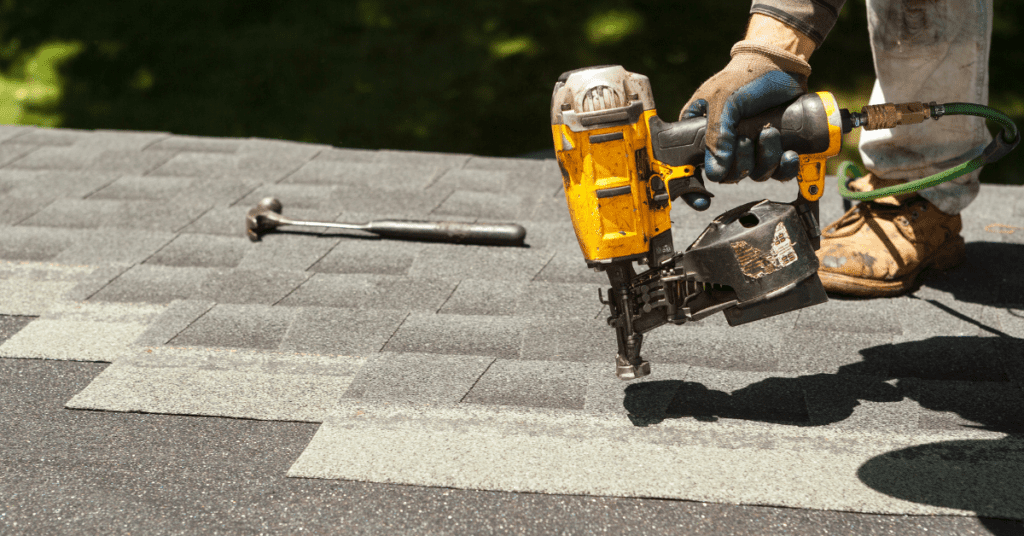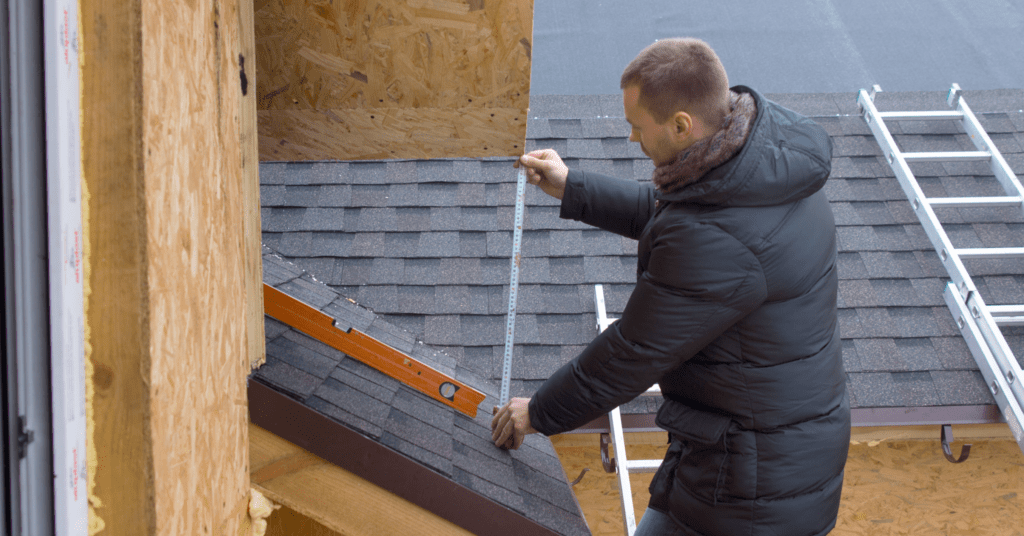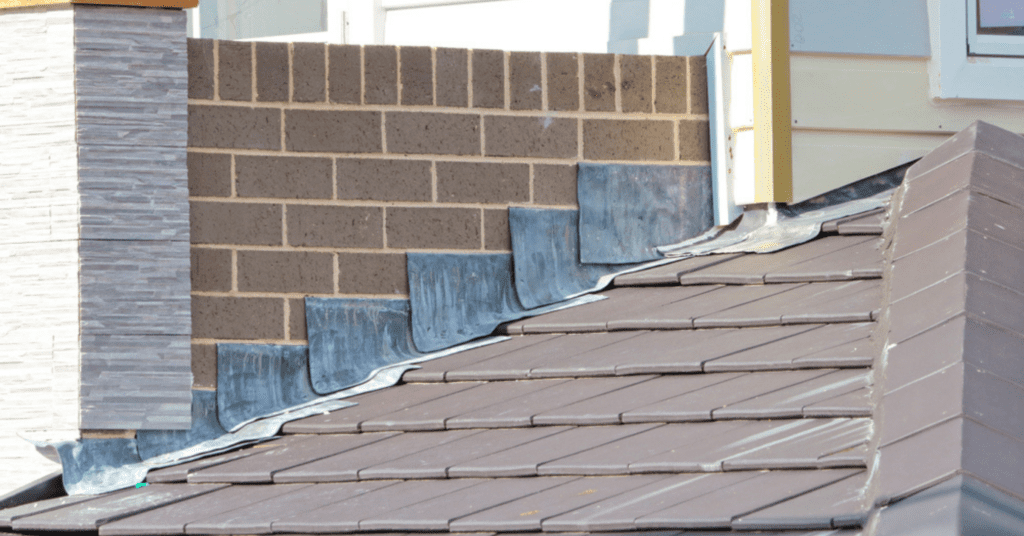How To Compare Re-Roof Estimates


Navigating the world of re-roofing estimates is no small feat. Many homeowners find the process daunting, confusing, and downright intimidating. It’s not uncommon to stare at two different estimates wondering why there’s such a significant difference in pricing. To simplify the complexity of comparing re-roof estimates, here are 14 crucial tips aimed to empower you and ensure you can make an informed decision.
1. Roof Measurements
Different roofing companies might measure in different ways. Some companies may measure the square footage of the roof’s footprint, while others may include additional square footage to account for roof pitch, overhangs, or waste allowance to account for cut-off materials and mistakes during installation. The accuracy of roof measurements can greatly impact material costs and labour charges. Always ask how they determined their measurements and ensure they’ve accounted for any unique structural aspects of your roof.


Understanding the various roofing terms can provide more clarity when comparing roof measurements from different companies.
2. Shingle Brand
Shingles differ vastly in terms of quality, durability, and price. When comparing estimates, ensure you’re comparing the same or similar brands. A cheaper estimate might use lower-quality shingles like Atlas Roofing – GlassMaster and Tamko – Elite Glass-Seal, while a pricier one would be factoring in a premium brand like CertainTeed – Landmark Pro with a longer life expectancy.
3. Ridge Shingle Style
Ridge shingles not only enhance aesthetics but also protect the most vulnerable points of your roof. Are the estimates proposing standard ridge shingles like Three-Tab Asphalt Ridge Shingles and Basic Roll Roofing or premium, high-profile options like Architectural or Dimensional Ridge Shingles or Synthetic Ridge Shingles? This can influence both cost and durability.
4. Underlayment
This is your roof’s primary defense against water infiltration beneath the shingles. There are various types, from traditional felt underlayment which is less expensive compared to the more expensive synthetic underlayments with its durability and water resistance. Understand the benefits and drawbacks of each type and which one is being proposed in the estimates.
5. Ice & Water Shield
Especially crucial for colder climates, this adheres to the roof deck and provides added leak protection. It’s vital to compare where this is applied for several reasons. Firstly, it allows for a cost comparison among roofing contractors, helping you align the project with your budget. Additionally, it helps evaluate the level of protection and performance offered, ensuring thorough coverage in vulnerable areas. Ensuring compliance with local building codes, assessing quality, and preventing future issues are also benefits. Transparent estimation and alignment with customer expectations further emphasize the importance of this comparison in making an informed decision for your roofing project. In colder climates, issues like ice dams can be a real threat, further emphasizing the importance of a proper ice & water shield.
6. Drip Edge
A properly installed drip edge ensures water is directed away from the fascia and deck edge, preventing potential rot. Drip edge materials for roofing vary in cost and characteristics. Galvanized steel is common, affordable, and corrosion-resistant. Aluminum is pricier but lightweight and ideal for coastal areas. Vinyl is budget-friendly but less durable. Copper is premium, with excellent corrosion resistance and an attractive patina. PVC is low-cost, lightweight, and suited for humid regions. Composite materials offer durability with varying costs. The choice impacts cost estimates, long-term performance, and aesthetics in roofing projects.
7. Wall Flashings


Photo credit: Shutterstock
Flashings need to be properly installed to prevent leaks at intersections and protrusions. The type of metal used (aluminum, copper, or galvanized steel) and its thickness can impact the longevity and cost. Stainless steel and copper are excellent choices for long-lasting durability and corrosion resistance. Aluminum and galvanized steel can also be suitable options in less harsh environments, but they may require more maintenance. The role of wall flashings cannot be emphasized enough; flashing plays a crucial role in maintaining the overall integrity of the roof.
8. Pipe Flashings
Ask about the material and design. A quality pipe flashing should have a proper seal to prevent leaks, and preferably UV-resistant properties to prolong its life.
9. Starter Shingles
Beyond aesthetics, they provide an additional layer of defense against wind uplift at the eaves. Verify if the estimates account for standard or enhanced starter shingles.
10. Number of Nails
It might seem trivial, but the number of nails used per shingle affects the roof’s resistance to wind and overall stability. Ensure contractors adhere to the manufacturer’s recommenquippingdations.
11. Ventilation
Adequate roof ventilation prevents heat and moisture buildup, which can cause damage over time. The benefits of proper roof ventilation extend from preserving the roof’s lifespan to maintaining the home’s internal temperature. Ensure the estimates cover the type, size, and number of vents being proposed.
12. Workmanship Warranty
This reflects a roofer’s confidence in their work. A longer warranty might suggest better quality, but always read the fine print. What scenarios are covered, and which ones are excluded?
13. Manufacturer Warranty
Beyond the general coverage duration, investigate the specifics. Does it only cover material defects? What about labour? Some premium shingles come with extended warranties, but there might be installation stipulations to validate such warranties.
14. Ask for Their Input
Engage each roofer in a detailed conversation. What challenges do they foresee with your roof? Are there any cost-saving alternatives or upgrades they would suggest given your home’s location and structure? Engaging with potential roofers is critical, and there are key questions that can help ensure you’re making an informed choice.


In the multifaceted realm of roofing, understanding and comparing estimates goes beyond mere numbers on paper. It requires discernment and a keen attention to detail. Each of the 14 tips outlined serves as a beacon, illuminating the intricacies of what makes one estimate different from another. As homeowners embark on this journey, it’s essential to remember that a roof is not just about protecting a home from the elements; it’s an investment in the longevity and safety of their haven. By equipping themselves with knowledge, asking the right questions, and critically analyzing estimates, homeowners can secure not only the best price but, more importantly, the best value and peace of mind. Equipping yourself with knowledge also means being aware of potential pitfalls and roofing scams that homeowners should be wary of. So, the next time you’re presented with multiple re-roofing estimates, lean on these insights and approach the decision with confidence and clarity.
Ready to Take the Next Step? Your roof is an integral component of your home, and making informed decisions about it is crucial. Whether you’re looking to compare estimates or seeking expert advice, our team is here to serve homeowners across multiple locations.
- Burnaby roofers and roofing contractors
- Coquitlam roofers and roofing contractors
- Delta roofers and roofing contractors
- Ladner roofers and roofing contractors
- Langley roofers and roofing contractors
- Maple Ridge roofers and roofing contractors
- New Westminster roofers and roofing contractors
- North Vancouver roofers and roofing contractors
- Pitt Meadows roofers and roofing contractors
- Port Coquitlam roofers and roofing contractors
- Port Moody roofers and roofing contractors
- Richmond roofers and roofing contractors
- Surrey roofers and roofing contractors
- West Vancouver roofers and roofing contractors
- White Rock roofers and roofing contractors
- Vancouver roofers and roofing contractors
Dive deeper into our city-specific offerings, and let’s make your roofing journey seamless and confident.
